
Annapolis: The Sailing Capital of the U.S.
Explore Annapolis, Maryland: A charming blend of colonial history, maritime heritage, and stunning waterfront views in the Sailing Capital of the U.S.
Annapolis, the capital of Maryland, is known for its rich maritime heritage and historic charm. Located along the Chesapeake Bay, this city offers a unique blend of colonial history and modern amenities. Walking through the cobblestone streets, you will find well-preserved 18th-century buildings, many of which now house museums, boutiques, and restaurants. The Maryland State House, the oldest state capitol in continuous legislative use, is a must-see. Annapolis is also home to the United States Naval Academy. The Academy's beautiful campus is open to visitors and offers guided tours. Here, you can learn about the training of future naval officers and explore the Naval Academy Museum, which showcases important naval artifacts. For those who love the water, Annapolis is a paradise. The city is often called the Sailing Capital of the U.S. and hosts many boating events throughout the year. You can take a sailing tour or even rent a boat to explore the Chesapeake Bay. The city's waterfront is bustling with activity, from seafood restaurants serving fresh catches to shops selling nautical-themed souvenirs. Dining in Annapolis is a treat for seafood lovers. The city is famous for its crabs, particularly the blue crabs, which are a local delicacy. Many restaurants offer outdoor seating with stunning views of the bay, making for a memorable dining experience. Whether you're interested in history, boating, or simply relaxing by the water, Annapolis has something to offer everyone. Its friendly atmosphere and picturesque setting make it a perfect destination for a weekend getaway or a longer vacation.
Local tips in Annapolis
- Visit the Maryland State House early in the day to avoid crowds.
- Take a guided tour of the United States Naval Academy for an in-depth experience.
- Book a sailing tour in advance, especially during peak tourist seasons.
- Try the local blue crabs at one of the waterfront restaurants.
- Wear comfortable walking shoes for exploring the cobblestone streets.
Annapolis: The Sailing Capital of the U.S.
Annapolis, the capital of Maryland, is known for its rich maritime heritage and historic charm. Located along the Chesapeake Bay, this city offers a unique blend of colonial history and modern amenities. Walking through the cobblestone streets, you will find well-preserved 18th-century buildings, many of which now house museums, boutiques, and restaurants. The Maryland State House, the oldest state capitol in continuous legislative use, is a must-see. Annapolis is also home to the United States Naval Academy. The Academy's beautiful campus is open to visitors and offers guided tours. Here, you can learn about the training of future naval officers and explore the Naval Academy Museum, which showcases important naval artifacts. For those who love the water, Annapolis is a paradise. The city is often called the Sailing Capital of the U.S. and hosts many boating events throughout the year. You can take a sailing tour or even rent a boat to explore the Chesapeake Bay. The city's waterfront is bustling with activity, from seafood restaurants serving fresh catches to shops selling nautical-themed souvenirs. Dining in Annapolis is a treat for seafood lovers. The city is famous for its crabs, particularly the blue crabs, which are a local delicacy. Many restaurants offer outdoor seating with stunning views of the bay, making for a memorable dining experience. Whether you're interested in history, boating, or simply relaxing by the water, Annapolis has something to offer everyone. Its friendly atmosphere and picturesque setting make it a perfect destination for a weekend getaway or a longer vacation.
When is the best time to go to Annapolis?
Iconic landmarks you can’t miss
Annapolis City Dock
Explore Annapolis City Dock: A vibrant waterfront with historical charm, dining, and shopping experiences in Maryland's capital.
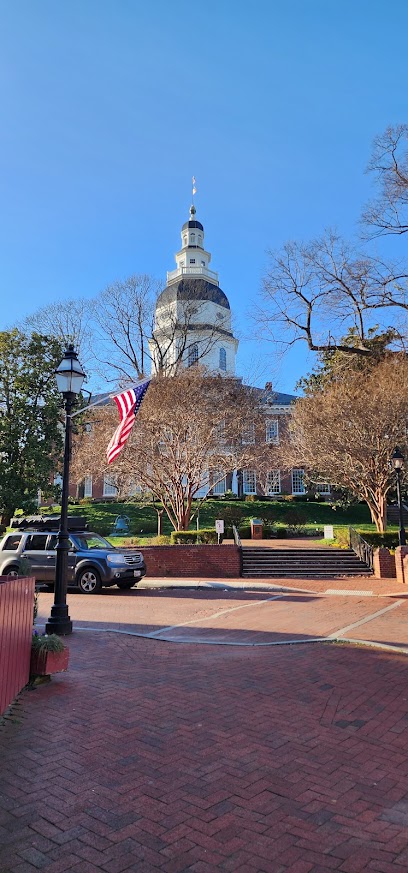
Quiet Waters Park
Discover the serene beauty and diverse activities at Quiet Waters Park in Annapolis, a perfect getaway for nature lovers and families.
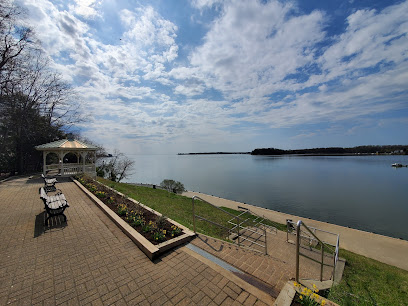
Mission Escape Rooms
Experience the thrill of teamwork and adventure at Mission Escape Rooms in Annapolis, Maryland - the ultimate destination for puzzle lovers and thrill-seekers.

Annapolis Waterfront Hotel, Autograph Collection
Discover luxury and tranquility at the Annapolis Waterfront Hotel, a perfect blend of modern comfort and historical charm by the Chesapeake Bay.

Rams Head On Stage
Experience the vibrant live music scene at Rams Head On Stage in Annapolis, where every night promises unforgettable performances and delicious dining.
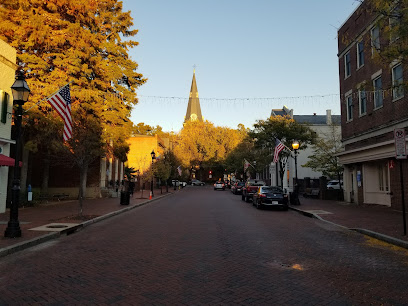
Historic Inns of Annapolis
Discover the enchanting Historic Inns of Annapolis, where history, elegance, and comfort blend seamlessly for an unforgettable stay in Maryland's capital.
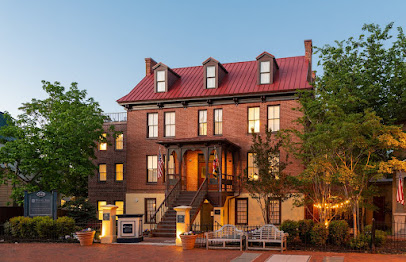
U.S. Naval Academy Museum
Discover the remarkable history and heritage of the U.S. Navy at the U.S. Naval Academy Museum, a unique destination in Annapolis.
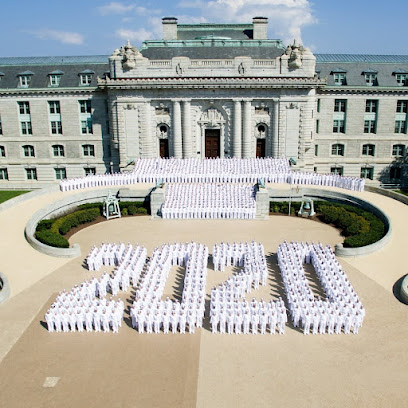
Maryland World War II Memorial
Explore the Maryland World War II Memorial, a serene tribute honoring the sacrifices of Marylanders, set in beautiful Annapolis.
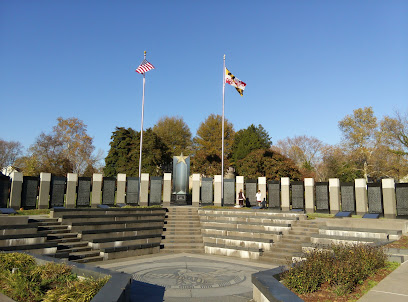
Watermark Tours, Charters, Cruises
Discover the beauty of the Chesapeake Bay with Watermark Tours, offering scenic boat rides, live music, and unforgettable experiences in Annapolis.
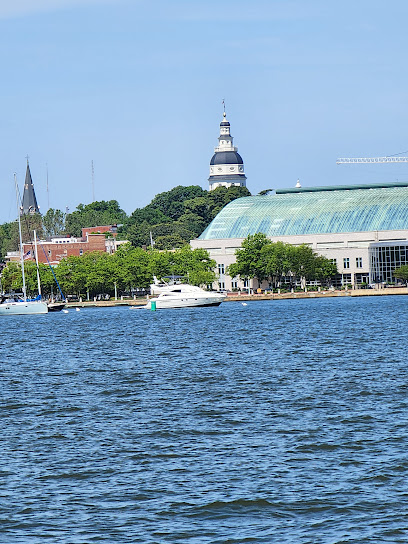
Annapolis Maritime Museum & Park
Experience the rich maritime heritage of Annapolis at the Annapolis Maritime Museum & Park, where history and nature come together beautifully.
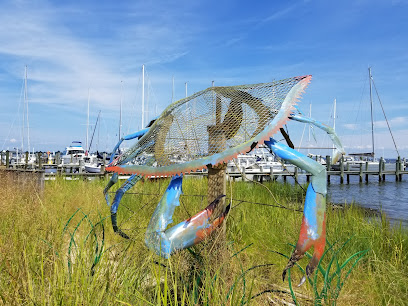
Maryland State House
Explore Maryland's rich history at the State House, the oldest state capitol still in use, featuring stunning architecture and engaging exhibits.
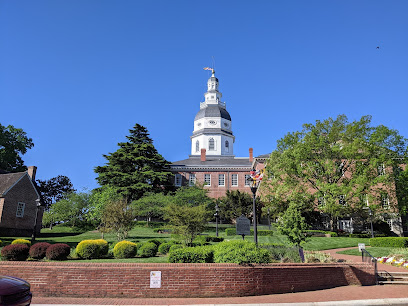
William Paca House & Garden
Explore the historic William Paca House & Garden in Annapolis, a stunning blend of colonial architecture and beautifully landscaped gardens.
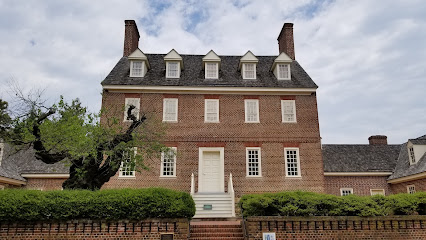
Flag House Inn
Discover comfort and charm at Flag House Inn, a delightful bed and breakfast in the heart of historic Annapolis, Maryland.
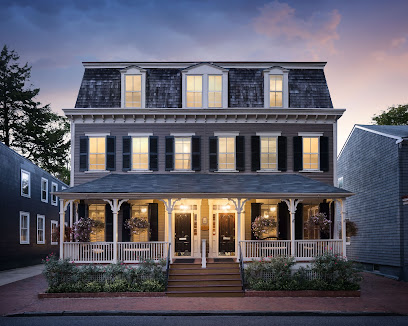
Armel-Leftwich Visitor Center
Explore Annapolis through the lens of history at the Armel-Leftwich Visitor Center, your gateway to the Naval Academy and beyond.
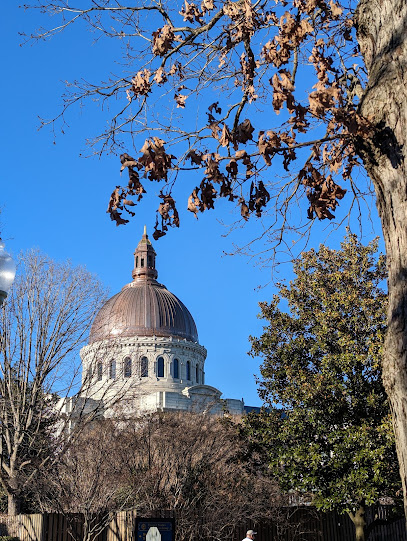
The Maryland Inn of the Historic Inns of Annapolis
Discover the historic elegance of The Maryland Inn in Annapolis, a perfect blend of charm and comfort in the heart of Maryland's capital.
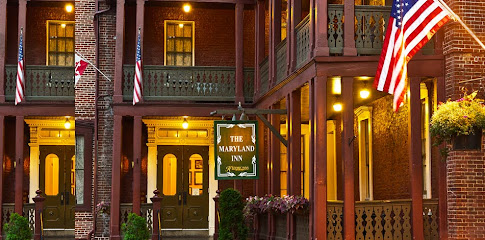
Unmissable attractions to see
National Mall
Discover the National Mall: A stunning park and historical landmark in Washington, D.C. filled with iconic monuments and world-class museums.
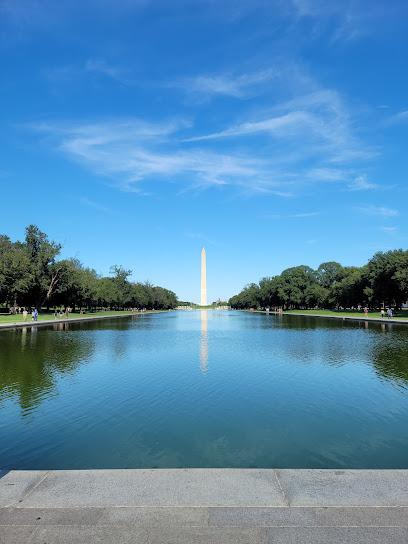
Smithsonian National Museum of Natural History
Explore the Smithsonian National Museum of Natural History: a captivating journey through the natural world filled with wonders, fossils, and gems.
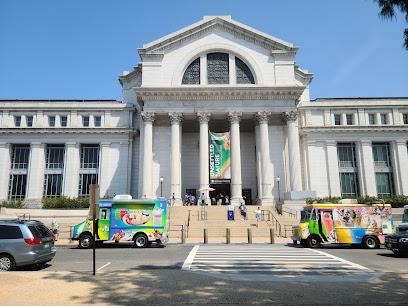
Smithsonian National Air and Space Museum
Discover the legacy of aviation and space exploration at the Smithsonian National Air and Space Museum in Washington, D.C. A journey through flight awaits.
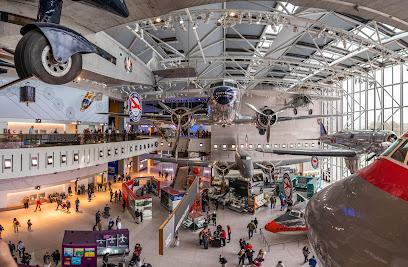
Smithsonian National Zoological Park
Explore the Smithsonian National Zoological Park, home to over 2,000 animals and dedicated to wildlife conservation and education in Washington, DC.
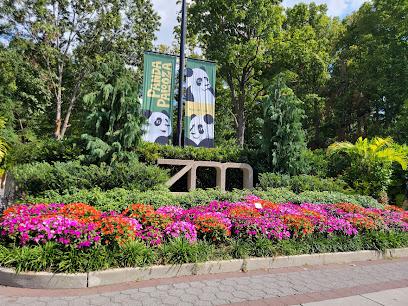
National Aquarium
Discover the National Aquarium: a mesmerizing journey through the world's oceans and ecosystems in the heart of Baltimore's Inner Harbor.
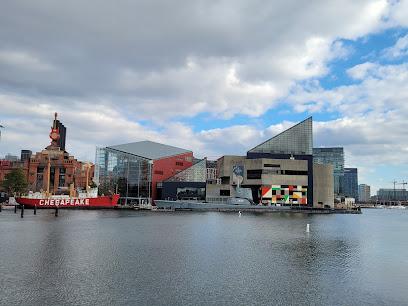
National Museum of African American History and Culture
Discover the rich tapestry of African American history at the National Museum of African American History and Culture in Washington, D.C., a must-visit for all travelers.

National Gallery of Art
Explore the National Gallery of Art in Washington, DC—an iconic museum housing masterpieces from the Renaissance to modern art, all in a breathtaking setting.
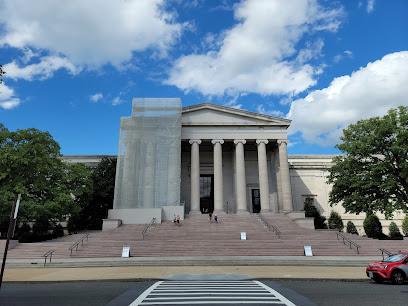
United States Botanic Garden
Experience the lush beauty and diverse plant life of the United States Botanic Garden, a serene retreat in the heart of Washington, D.C.

United States Holocaust Memorial Museum
Explore the profound history of the Holocaust at the United States Holocaust Memorial Museum in Washington, DC, a place of remembrance and education.

Capital One Arena
Discover the excitement of Capital One Arena in Washington, D.C., where sports, concerts, and unforgettable experiences await in a vibrant setting.
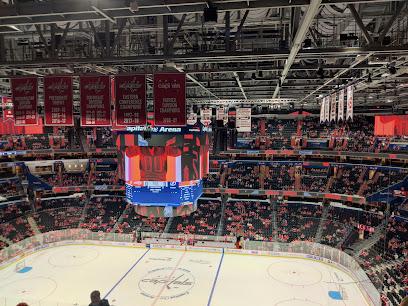
International Spy Museum
Explore the thrilling world of espionage at the International Spy Museum in Washington, D.C., a unique attraction for history lovers and adventure seekers alike.
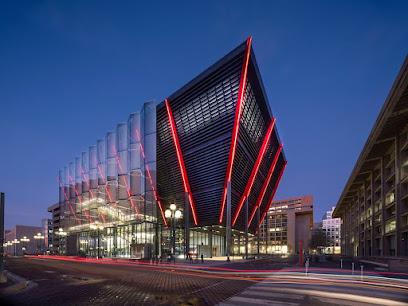
Nationals Park
Immerse yourself in the vibrant atmosphere of Nationals Park, home of the Washington Nationals, for an unforgettable baseball experience in D.C.
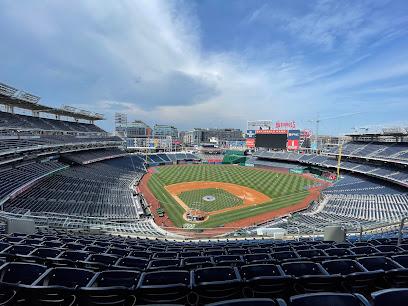
The Wharf DC
Discover The Wharf DC: a lively marina filled with history, dining, and entertainment along the beautiful Potomac River in Washington, D.C.

Oriole Park at Camden Yards
Discover the charm and excitement of Oriole Park at Camden Yards, Baltimore's iconic baseball stadium, where history meets modern entertainment.
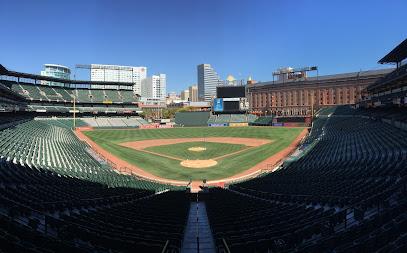
Museum of the Bible
Explore the rich history and cultural significance of the Bible at the Museum of the Bible in Washington, DC.
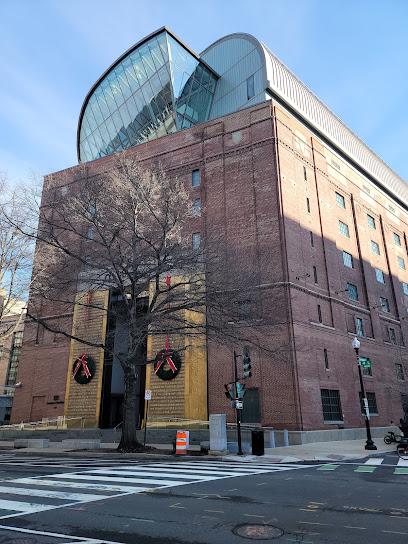
Essential places to dine
Boatyard Bar & Grill
Experience delicious seafood in a vibrant setting at Boatyard Bar & Grill in Annapolis - perfect for families, friends, and special occasions.

Iron Rooster- Annapolis
Experience the charm of traditional American cuisine at Iron Rooster in Annapolis – where breakfast meets comfort food delight.

Miss Shirley's Cafe
Experience delightful American cuisine at Miss Shirley's Cafe in Annapolis - your go-to destination for breakfast and brunch.
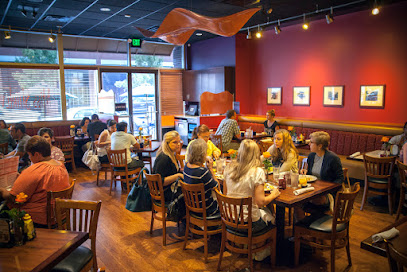
Carrol's Creek Cafe
Experience the best seafood dining in Annapolis at Carrol's Creek Cafe, where fresh flavors meet stunning waterfront views.
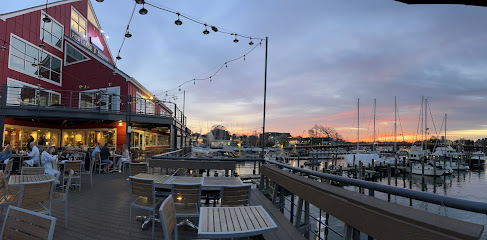
Chart House Prime
Discover Chart House Prime in Annapolis – where exquisite seafood meets stunning waterfront views for an unforgettable dining experience.

Blackwall Hitch
Discover Blackwall Hitch: A top-tier American restaurant in Annapolis offering fresh seafood and vibrant atmosphere.
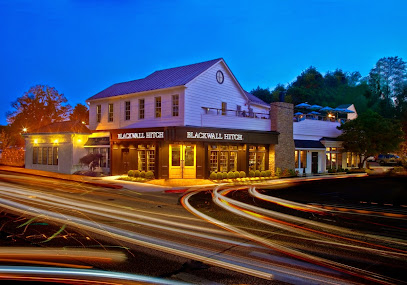
Galway Bay Irish Restaurant and Pub
Discover authentic Irish flavors at Galway Bay Irish Restaurant and Pub in Annapolis – a cozy spot for delicious food and drinks.
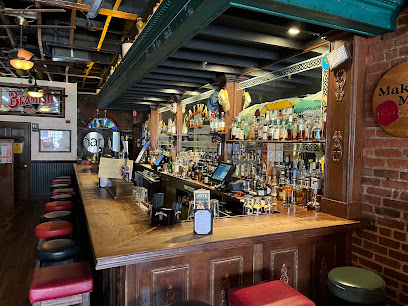
Pusser's Caribbean Grille
Discover Pusser's Caribbean Grille: A vibrant blend of Caribbean flavors and American classics in scenic Annapolis.
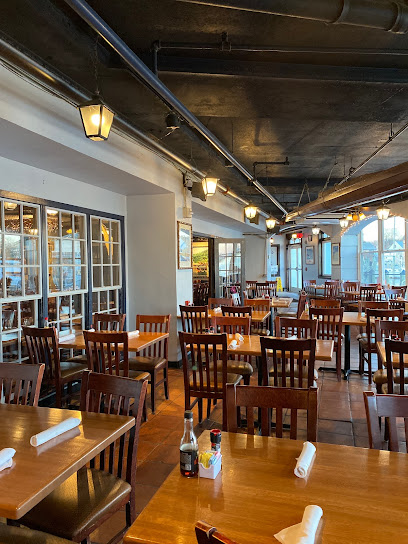
Federal House Bar & Grille
Discover delightful American cuisine with fresh seafood at Federal House Bar & Grille in Annapolis - a must-visit dining destination!
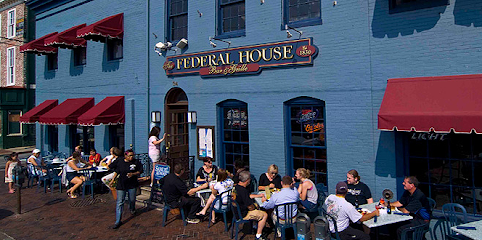
Cooper's Hawk Winery & Restaurant- Annapolis
Savor exquisite American cuisine paired with handcrafted wines at Cooper's Hawk Winery & Restaurant in Annapolis.
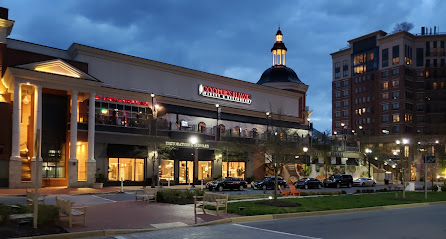
Bread and Butter Kitchen
Discover fresh flavors at Bread and Butter Kitchen in Annapolis - where local ingredients meet culinary creativity.
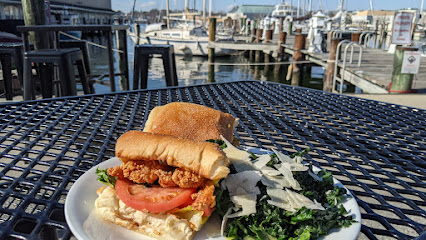
Julep Kitchen & Bar
Experience the best of American cuisine at Julep Kitchen & Bar – where delicious barbecue meets vibrant dining in Annapolis.
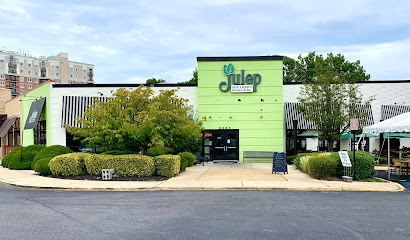
Davis' Pub
Experience the vibrant atmosphere and delicious cuisine at Davis' Pub in Annapolis—where locals gather for great food and drinks.
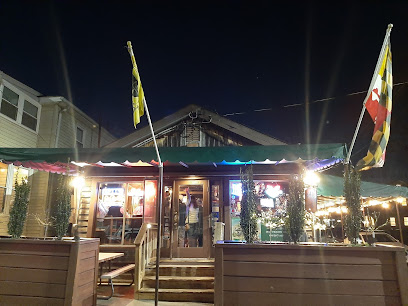
Middleton Tavern
Experience authentic seafood dining at Middleton Tavern in Annapolis - where history meets culinary excellence along the waterfront.
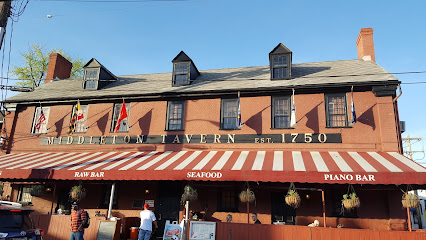
DRY 85
Experience the lively ambiance and unique flavors at DRY 85, Annapolis' premier grill destination known for its creative cocktails.
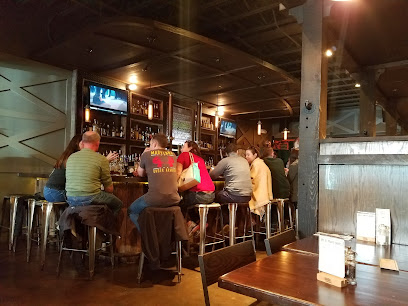
Markets, malls and hidden boutiques
Annapolis Town Center
Explore Annapolis Town Center: A vibrant shopping destination featuring diverse stores, delightful dining, and community events in the heart of Maryland.
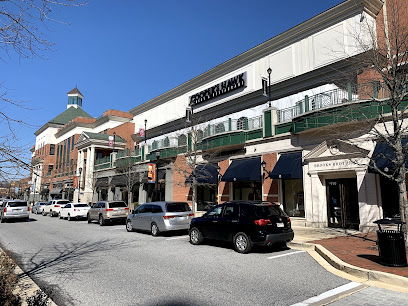
Antiques At Annapolis
Explore Antiques At Annapolis for a treasure trove of unique vintage items and eclectic finds in the heart of Maryland's historic city.
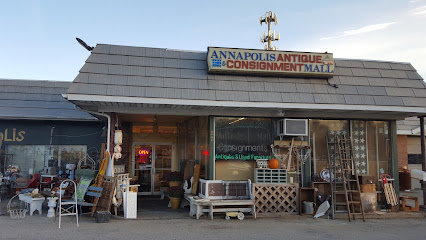
Irish Traditions
Discover authentic Irish gifts and immerse yourself in rich culture at Irish Traditions, Annapolis' favorite Irish goods store.
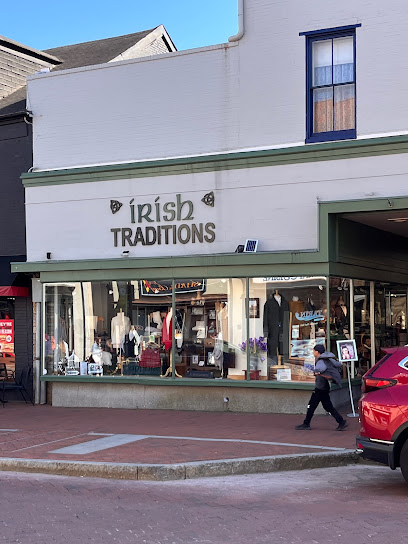
A L Goodies General store
Explore A L Goodies General Store in Annapolis for unique gifts, local candies, and memorable souvenirs that showcase the spirit of the city.
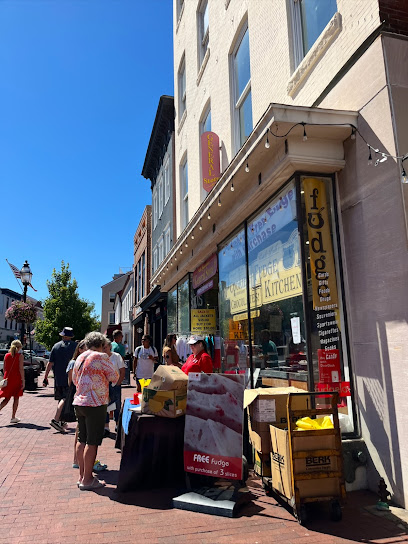
Annapolis Maritime Antiques
Discover unique nautical antiques and vintage treasures at Annapolis Maritime Antiques, where maritime history comes alive in the heart of Annapolis.
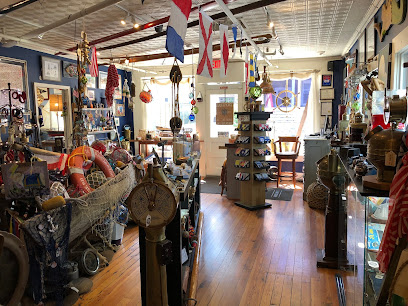
Silk Road Antiques
Explore Silk Road Antiques in Annapolis: A treasure trove of vintage finds and historical artifacts in a charming atmosphere.
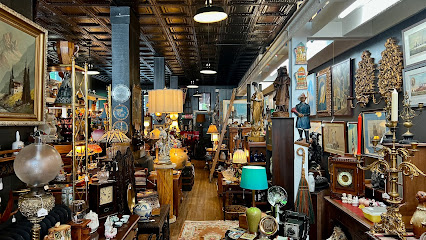
Brightside Boutique- Annapolis
Explore Brightside Boutique in Annapolis for unique fashion, accessories, and local artisan gifts that embody the essence of Maryland's vibrant culture.

Evergreen Antiques and True Vintage
Discover timeless treasures at Evergreen Antiques and True Vintage, where each piece tells a story and nostalgia meets elegance in Annapolis.
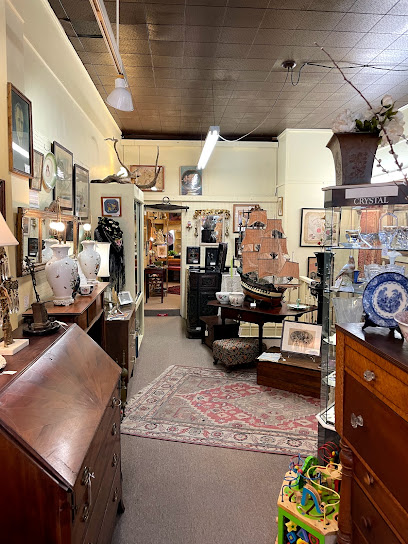
One Petticoat Lane
Explore the eclectic charm of One Petticoat Lane, a consignment shop in Annapolis, offering unique fashion, accessories, and vintage treasures.
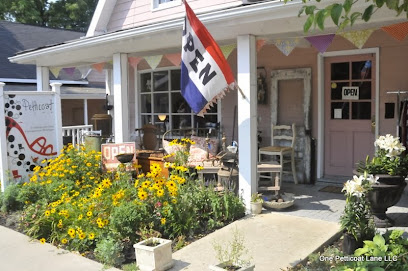
Mango and Main
Explore Mango and Main for unique gifts, local artistry, and fair-trade treasures in the heart of Annapolis, Maryland.
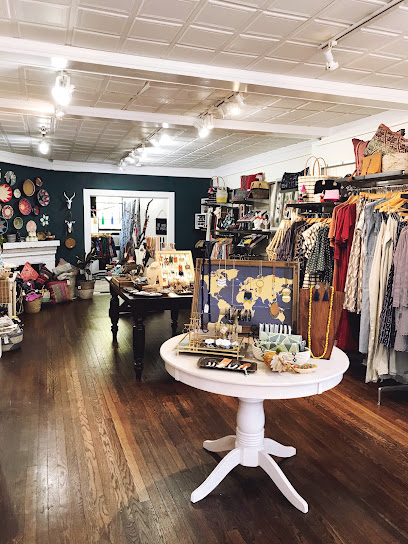
The Pink Crab
Shop unique coastal fashion at The Pink Crab in Annapolis, where local charm meets exceptional style in a vibrant boutique setting.
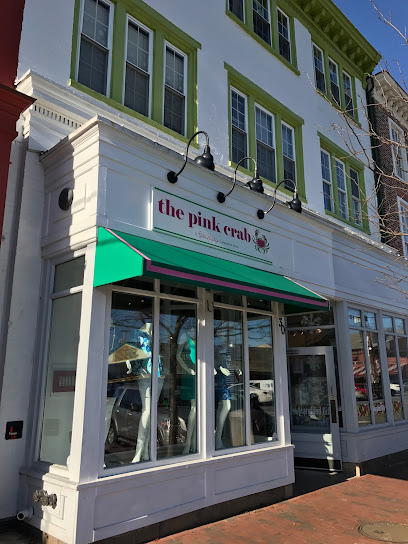
3 Sisters
Discover unique fashion at 3 Sisters, a charming clothing store in Annapolis offering trendy apparel and local designs that reflect the city's style.

Local By Design Downtown
Explore Local By Design Downtown - A Unique Gift Shop and Art Gallery Celebrating Annapolis' Artisan Community.
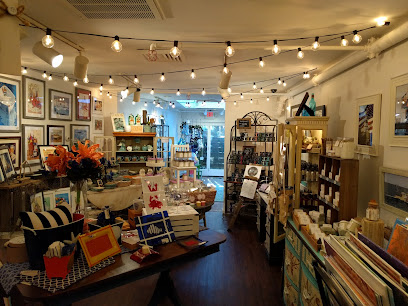
All The Rage Vintage
Explore unique vintage styles at All The Rage Vintage in Annapolis, where timeless fashion meets modern flair and every piece tells a story.
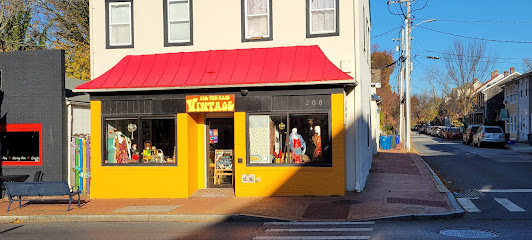
Lilac Bijoux
Discover unique clothing and exquisite jewelry at Lilac Bijoux, Annapolis' charming boutique for fashion lovers and gift seekers.
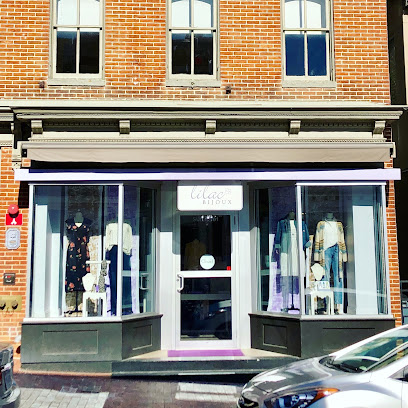
Essential bars & hidden hideouts
Galway Bay Irish Restaurant and Pub
Discover the heart of Ireland in Annapolis at Galway Bay Irish Restaurant and Pub, where traditional flavors and festive atmosphere await.
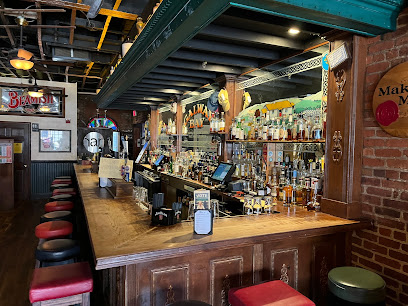
Federal House Bar & Grille
Experience vibrant American and seafood cuisine at Federal House Bar & Grille, a must-visit dining spot in Annapolis, MD, known for its lively atmosphere and quality service.
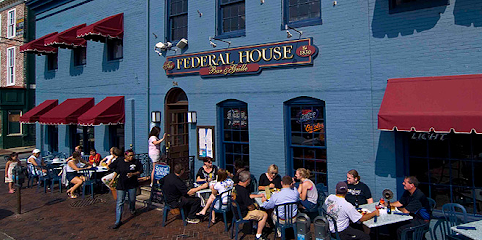
Davis' Pub
Discover the heart of Annapolis at Davis' Pub, where delicious Maryland cuisine meets a lively atmosphere and local charm.
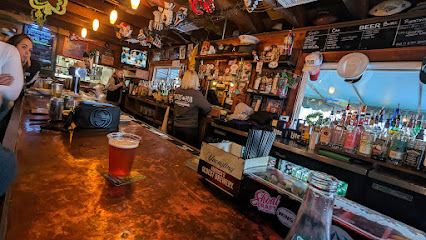
DRY 85
Experience the vibrant atmosphere and delicious grilled dishes at DRY 85, Annapolis' premier bar and grill destination.
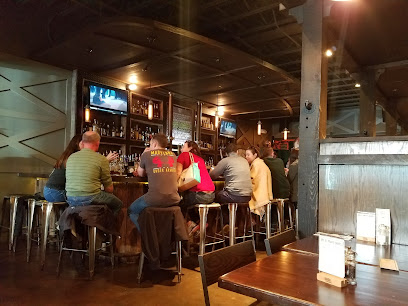
Reynolds Tavern and 1747 Pub
Discover the rich history and culinary delights of Reynolds Tavern, a historical landmark featuring a gastropub and cozy tea house in Annapolis.
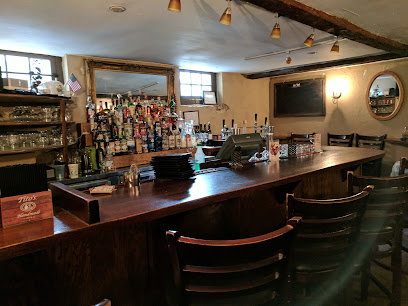
Metropolitan Kitchen & Lounge
Discover Metropolitan Kitchen & Lounge in Annapolis, a culinary delight featuring fresh American cuisine and a vibrant atmosphere perfect for any occasion.

Fox's Den
Experience the best of American cuisine at Fox's Den, a cozy gastropub in Annapolis with locally sourced ingredients and a vibrant atmosphere.

Stan & Joe's Saloon
Experience the heart of Annapolis at Stan & Joe's Saloon, a vibrant pub offering delicious American cuisine and lively live music.
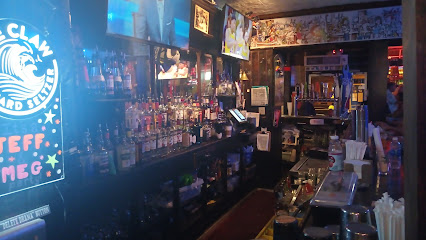
Level a small plates lounge
Discover the flavors of American cuisine at Level, a small plates lounge in Annapolis, perfect for an unforgettable dining experience.
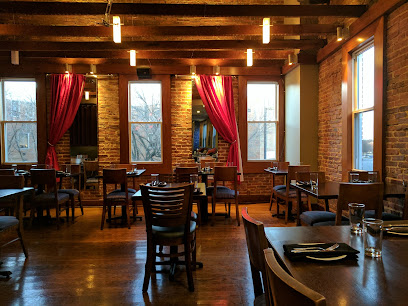
Heroes Pub
Experience the local flavors at Heroes Pub, a charming grill and bar in Annapolis, MD, perfect for relaxation and social gatherings.
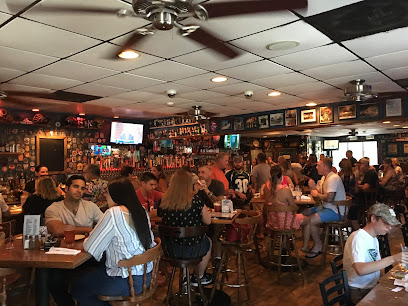
Rams Head Tavern
Experience the vibrant atmosphere and delicious American cuisine at Rams Head Tavern, a must-visit bar and restaurant in Annapolis, Maryland.
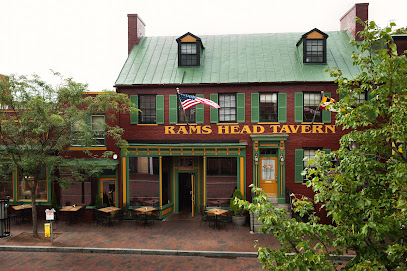
Red Red Wine Bar + Bistro
Discover the perfect blend of fine wine and American cuisine at Red Red Wine Bar + Bistro in Annapolis, a must-visit destination for food lovers.
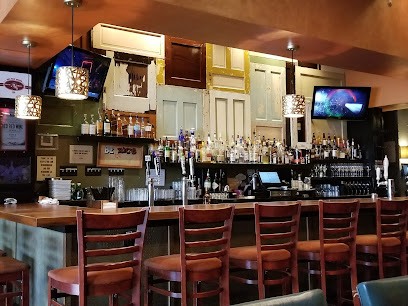
Dock Street Bar & Grill
Discover the delightful Dock Street Bar & Grill in Annapolis, where great food meets a vibrant atmosphere and stunning waterfront views.
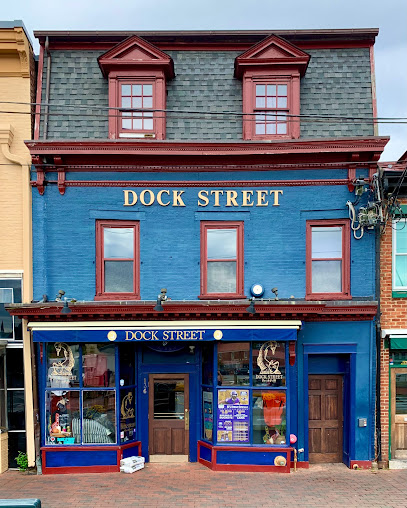
Castlebay Irish Pub
Discover the heart of Irish culture at Castlebay Irish Pub in Annapolis, where traditional flavors meet a lively atmosphere.

Acme Bar & Grill
Experience the quintessential American grill fare at Acme Bar & Grill in Annapolis, where flavor meets local charm.
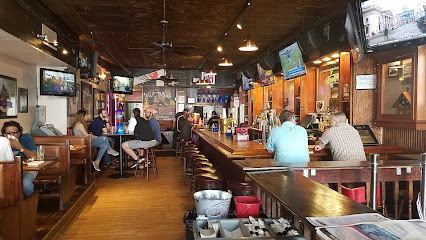
Local Phrases
-
- HelloHowdy
[haw-dee] - GoodbyeSee ya
[see yah] - YesYeah
[yeh] - NoNah
[nah] - Please/You're welcomePlease
[pleez] - Thank youThanks
[th-anks] - Excuse me/SorryPardon me
[par-dun me] - How are you?How ya doin'?
[how yah doo-in] - Fine. And you?Good. You?
[gud yoo] - Do you speak English?Ya speak English?
[yah speak ing-lish] - I don't understandI'm lost
[im lost]
- HelloHowdy
-
- I'd like to see the menu, pleaseCan I check the menu?
[kan eye chek the men-yoo] - I don't eat meatI'm a veggie
[im uh ved-jee] - Cheers!Cheers!
[cheers] - I would like to pay, pleaseCheck, please
[chek pleez]
- I'd like to see the menu, pleaseCan I check the menu?
-
- Help!Help!
[help] - Go away!Get outta here!
[get out-uh here] - Call the Police!Call the cops!
[call the cops] - Call a doctor!Get a doc!
[get uh doc] - I'm lostI'm lost
[im lost] - I'm illI'm sick
[im sik]
- Help!Help!
-
- I'd like to buy...I wanna get...
[eye wanna get] - I'm just lookingJust browsing
[just brows-ing] - How much is it?How much?
[how much] - That's too expensiveThat's pricey
[thats pr-eye-see] - Can you lower the price?Can you do a deal?
[kan yoo doo uh deel]
- I'd like to buy...I wanna get...
-
- What time is it?What's the time?
[whats the time] - It's one o'clockIt's one
[its one] - Half past (10)Half ten
[haff ten] - MorningMornin'
[mor-nin] - AfternoonAfternoon
[after-noon] - EveningEvenin'
[even-in] - YesterdayYesterdee
[yess-ter-dee] - TodayToday
[to-day] - TomorrowTomorra
[tom-or-rah] - 1One
[wun] - 2Two
[too] - 3Three
[three] - 4Four
[four] - 5Five
[five] - 6Six
[six] - 7Seven
[sev-en] - 8Eight
[ate] - 9Nine
[nine] - 10Ten
[ten]
- What time is it?What's the time?
-
- Where's a/the...?Where's the...?
[wheres the] - What's the address?What's the addy?
[whats the add-ee] - Can you show me (on the map)?Can you show me (on the map)?
[kan yoo show mee on the map] - When's the next (bus)?When's the next (bus)?
[whens the next bus] - A ticket (to ....)I need a ticket (to ...)
[eye need uh ticket to]
- Where's a/the...?Where's the...?
History of Annapolis
-
Founded in 1649 by Puritan exiles from Virginia, Annapolis was originally known as 'Providence.' The town was later renamed in honor of Princess Anne, who became Queen Anne of Great Britain. Its strategic location made it an ideal port for trade and commerce, contributing to its early growth and prosperity.
-
In 1694, Annapolis was named the capital of the Maryland Colony, replacing St. Mary's City. This pivotal change brought political, economic, and cultural significance to the town, establishing it as a central hub of governance in the region. The Maryland State House, completed in 1772, remains the oldest state capitol still in continuous legislative use.
-
The United States Naval Academy was established in Annapolis in 1845. Known for its rigorous academic and physical training programs, the Academy has produced many notable military leaders. The campus, with its historic buildings and monuments, is a key part of Annapolis' identity and a major tourist attraction.
-
Annapolis played a significant role during the American Revolution. The city hosted the Continental Congress in 1783-1784, during which George Washington famously resigned his commission as commander-in-chief of the Continental Army. The Treaty of Paris, ending the Revolutionary War, was ratified in Annapolis in 1784, marking the city's importance in American history.
-
During the Civil War, Annapolis served as a major Union base and hospital center. Its strategic location and facilities provided crucial support for the Union war effort. The city also played a role in the underground railroad, helping enslaved people escape to freedom.
-
Annapolis is renowned for its well-preserved colonial architecture and historic districts. The city's rich history is reflected in its numerous landmarks, including the William Paca House, the Hammond-Harwood House, and the Banneker-Douglass Museum. Efforts to preserve these historic structures have helped maintain the city's unique character and charm.
-
Annapolis is home to a vibrant cultural scene, with numerous festivals and events celebrating its heritage. The Annapolis Boat Shows, the Maryland Renaissance Festival, and the annual Fourth of July Parade are just a few examples of the city's lively events that attract visitors from far and wide.
Annapolis Essentials
-
Annapolis, Maryland is accessible via several major airports. The closest is Baltimore-Washington International Thurgood Marshall Airport (BWI), located approximately 30 miles away. From BWI, you can take a shuttle, taxi, or rent a car to reach Annapolis. Additionally, Annapolis is about 34 miles from Ronald Reagan Washington National Airport (DCA) and 52 miles from Washington Dulles International Airport (IAD). For those driving, Annapolis is conveniently located off U.S. Route 50, making it easily accessible from major cities like Washington D.C. and Baltimore.
-
Annapolis offers a variety of transportation options. The Annapolis Transit system operates several bus routes throughout the city and its suburbs. For a more scenic route, the Annapolis Water Taxi provides transportation across the city's waterways. If you prefer driving, car rental services are available. Ride-sharing services like Uber and Lyft also operate in the area. For cyclists, Annapolis is bike-friendly with numerous bike lanes and rental options.
-
The official currency in Annapolis, as in the rest of the United States, is the U.S. Dollar (USD). Credit and debit cards are widely accepted in most establishments, including restaurants, shops, and hotels. ATMs are readily available throughout the city for cash withdrawals. It's advisable to carry some cash for small purchases or in case you visit places that do not accept cards.
-
Annapolis is generally a safe city for tourists. However, like any urban area, it is important to stay vigilant. The downtown area and the historic district are well-patrolled and safe for visitors. Areas to exercise caution include outer neighborhoods late at night. Always be mindful of your belongings in crowded areas and avoid poorly lit streets after dark. Familiarize yourself with local emergency numbers and locate the nearest police stations and medical facilities.
-
In case of an emergency, dial 911 for police, fire, or medical assistance. The Anne Arundel Medical Center is the primary hospital in Annapolis, offering comprehensive emergency services. Pharmacies are available for minor health issues and over-the-counter medications. It is advisable to carry travel insurance that covers medical emergencies and unexpected events.
-
Fashion: Do dress comfortably and appropriately for the weather. Annapolis is a sailing town, so nautical-themed attire is common. Avoid overly casual wear in upscale restaurants. Religion: Do respect religious sites and dress modestly if visiting churches. Public Transport: Do offer your seat to elderly or disabled passengers on buses. Don’t eat or drink on public transport. Greetings: Do greet locals with a friendly 'hello' or a handshake. Eating & Drinking: Do try local seafood delicacies, especially the blue crabs. Don’t forget to tip your server, standard is 15-20%.
-
To experience Annapolis like a local, visit the Saturday Farmers Market at the City Dock for fresh produce and local crafts. Take a stroll down Main Street and explore its boutique shops and historic landmarks. Don't miss a tour of the U.S. Naval Academy, a key institution in the city. For a unique dining experience, have a meal at a waterfront restaurant. Engage with locals, who are often welcoming and eager to share their knowledge about the city’s rich history and maritime culture.
Trending Landmark in Annapolis
-
Annapolis City Dock
-
Quiet Waters Park
-
Mission Escape Rooms
-
Annapolis Waterfront Hotel, Autograph Collection
-
Rams Head On Stage
-
Historic Inns of Annapolis
-
U.S. Naval Academy Museum
-
Maryland World War II Memorial
-
Watermark Tours, Charters, Cruises
-
Annapolis Maritime Museum & Park
-
Maryland State House
-
William Paca House & Garden
-
Flag House Inn
-
Armel-Leftwich Visitor Center
-
The Maryland Inn of the Historic Inns of Annapolis
Nearby Cities to Annapolis
-
Things To Do in Laurel
-
Things To Do in Baltimore
-
Things To Do in Silver Spring
-
Things To Do in Towson
-
Things To Do in Bethesda
-
Things To Do in Waldorf
-
Things To Do in Rockville
-
Things To Do in Gaithersburg
-
Things To Do in Frederick
-
Things To Do in Salisbury
-
Things To Do in Gettysburg
-
Things To Do in Harper's Ferry
-
Things To Do in Lancaster
-
Things To Do in Lewes
-
Things To Do in Rehoboth Beach












